日本語版はこちら
Contents
Hidden milestone from Edo period
Kasadera Ichirizuka: A Milestone of the Tōkaidō Legacy
Located just south of Kasadera Kannon Temple in Nagoya, the Kasadera Ichirizuka is a historic milestone mound that once marked a unit of distance along the Tōkaidō, one of the most important highways of Edo-period Japan. These mounds, known as ichirizuka , were established by the Tokugawa shogunate in the early 17th century to measure travel distances and aid in transportation logistics.
Each ichirizuka represented one ri (approximately 3.9 kilometers or 2.4 miles) from Nihonbashi in Edo (modern-day Tokyo), the starting point of the Tōkaidō. Travelers, merchants, and feudal lords (daimyō ) under the sankin-kōtai system used these markers to calculate distances and schedule rest stops along the journey to and from the capital. Typically placed on both sides of the road, the mounds were often planted with shade-giving trees such as enoki or pine to offer relief to weary travelers.
The Kasadera Ichirizuka is believed to have been one such pair of mounds, strategically situated near Kasadera Kannon, a significant pilgrimage site. The temple served as a religious rest stop and a cultural hub for travelers, making the location ideal for an ichirizuka . Its placement along the Tōkaidō underscores the route’s dual function—not just as a thoroughfare for political and commercial travel, but also as a conduit for cultural and spiritual exchange.
While most ichirizuka have disappeared due to urban development or road expansion—especially after the Meiji Restoration abolished the system in 1876—the Kasadera mound remains as a rare and valuable vestige of early modern Japanese infrastructure. It offers insight into how geography, governance, and religion intertwined to shape the daily lives of Edo-period travelers.
Today, the Kasadera Ichirizuka stands as a quiet historical marker near the bustling Route 1, surrounded by modern life yet echoing the rhythms of past journeys along the famed Tōkaidō. It invites visitors to pause and reflect on a time when travel was both a physical and spiritual endeavor, and when every ri mattered.
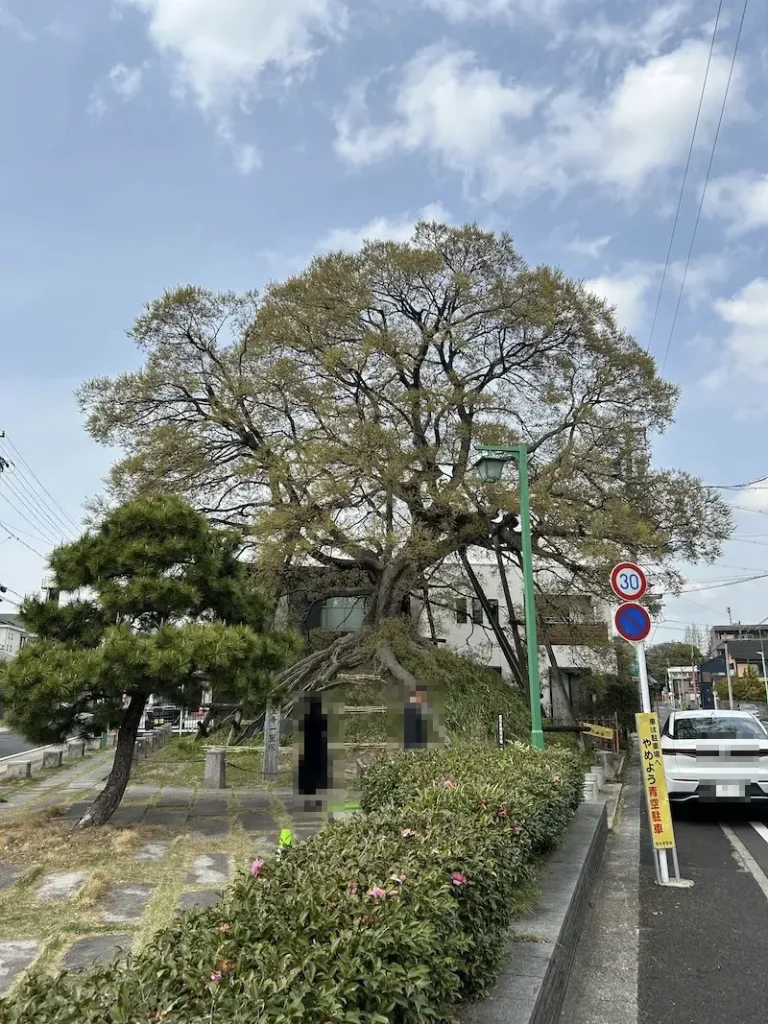
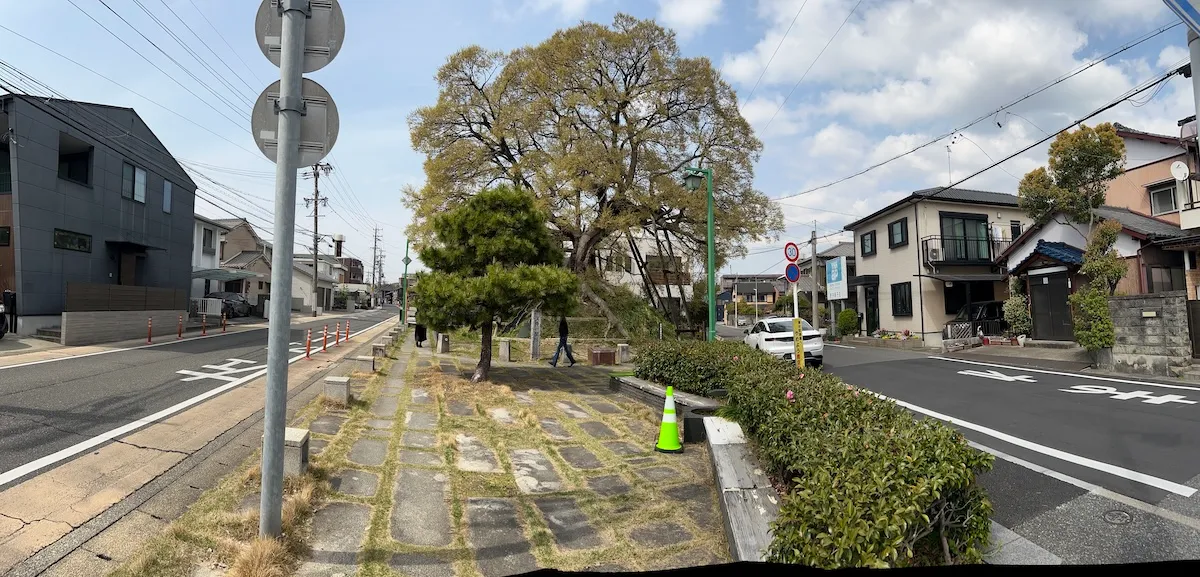



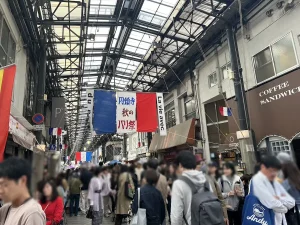







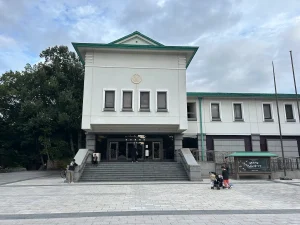

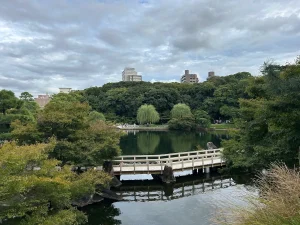



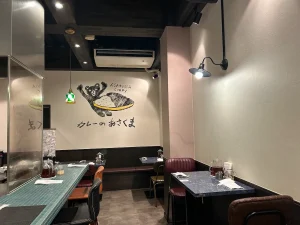

LEAVE A REPLY